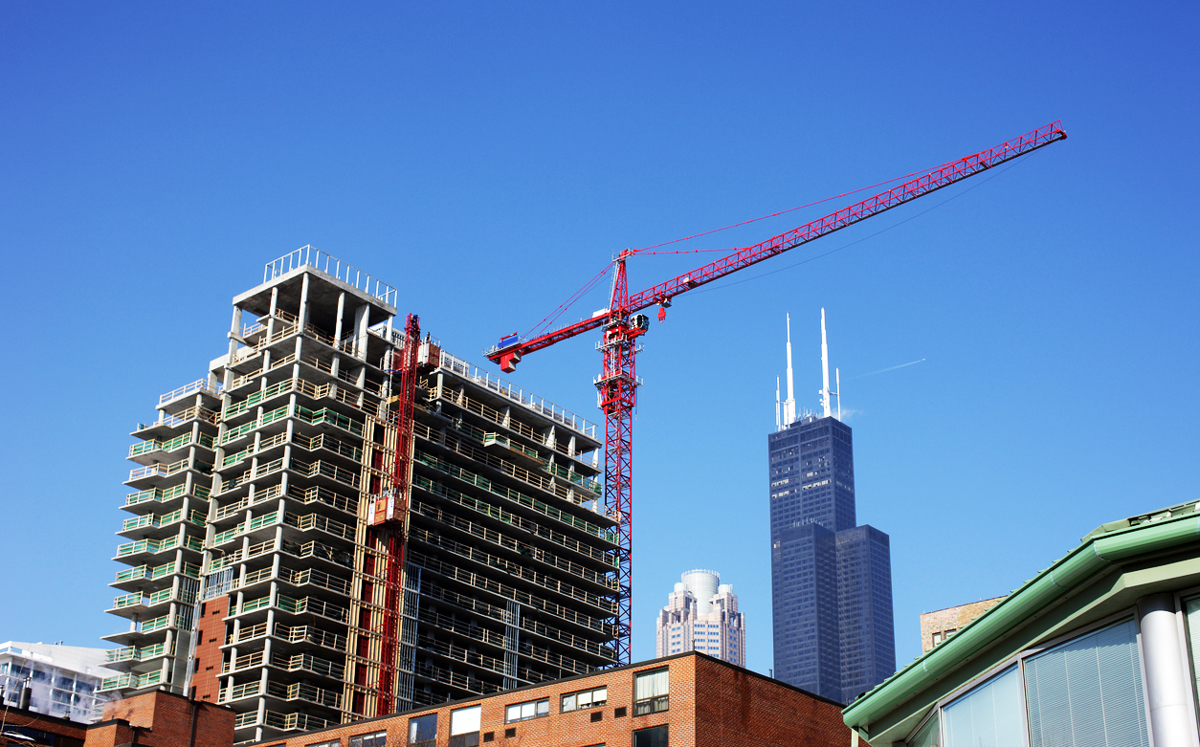Trending
Influx of jobs will keep Chicago apartment market afloat, researchers say
A study by DBRS found occupancy rates have remained stable despite accelerating apartment construction

Occupancy rates in Chicago-area apartments are more-or-less holding steady despite accelerating construction, a potential sign that the city will avoid slowing rent growth being observed on both coasts.
A new report by credit rating agency DBRS found a nearly 93.9 percent occupancy rate among multifamily complexes in the Chicago metro area whose owners applied for mortgage-backed security loans between January and August. That’s compared to an average 95.6 occupancy rate for the same category of buildings between 2011 and 2017.
“Average occupancies have remained relatively stable over the years and will likely support the inventory now in the pipeline,” according to Alper Aydinoglu, an analyst with DBRS. “The projected increase in multifamily inventory may have negative impact on vacancy rates in the short-term, but we believe that, moving forward, the demand will keep up with the supply.”
A June report by Marcus & Millichap counted 9,000 apartment units added in Chicago since 2016, nudging up the city’s rental vacancy rate by about 1.5 percentage points.
But DBRS cited other data from Marcus & Millichap estimating 3.3 million square feet of new office space set to come online in the region by the end of 2018, compared to 2.4 million square feet built last year. Buffeted by tech behemoths like Facebook and Google expanding their Downtown footprints, the commercial influx is going to keep feeding demand for more rental units, researchers said.
“We’re projecting that office and multifamily development will stay positive as long as firms continue to add jobs in the city,” Aydinoglu said.
The conclusions presented in the DBRS report match data published last month by consulting firm Ten-X Commercial, which showed total volume of Chicago office sales nearly doubled from $1.76 billion during the first half of 2017 to $3.51 billion in the first half of 2018. The sale volume of apartment buildings in the city ticked up more modestly during the same period, from $1.59 billion to $1.72 billion.
While climbing, Chicago’s office deal volume is still posting sharply lower numbers than it did in 2015, when it notched nearly $5 billion in deal volume between Jan. 1 and June 30.
The city’s “seemingly impressive” doubling in office volume since last year “masks the fact that it’s still well off its peak earlier this cycle,” according to Peter Muoio, chief economist at Ten-X.
“The Chicago office market has struggled this cycle with stagnant vacancies and weak rent growth, so the tepid investor interest isn’t surprising,” Muoio said.




